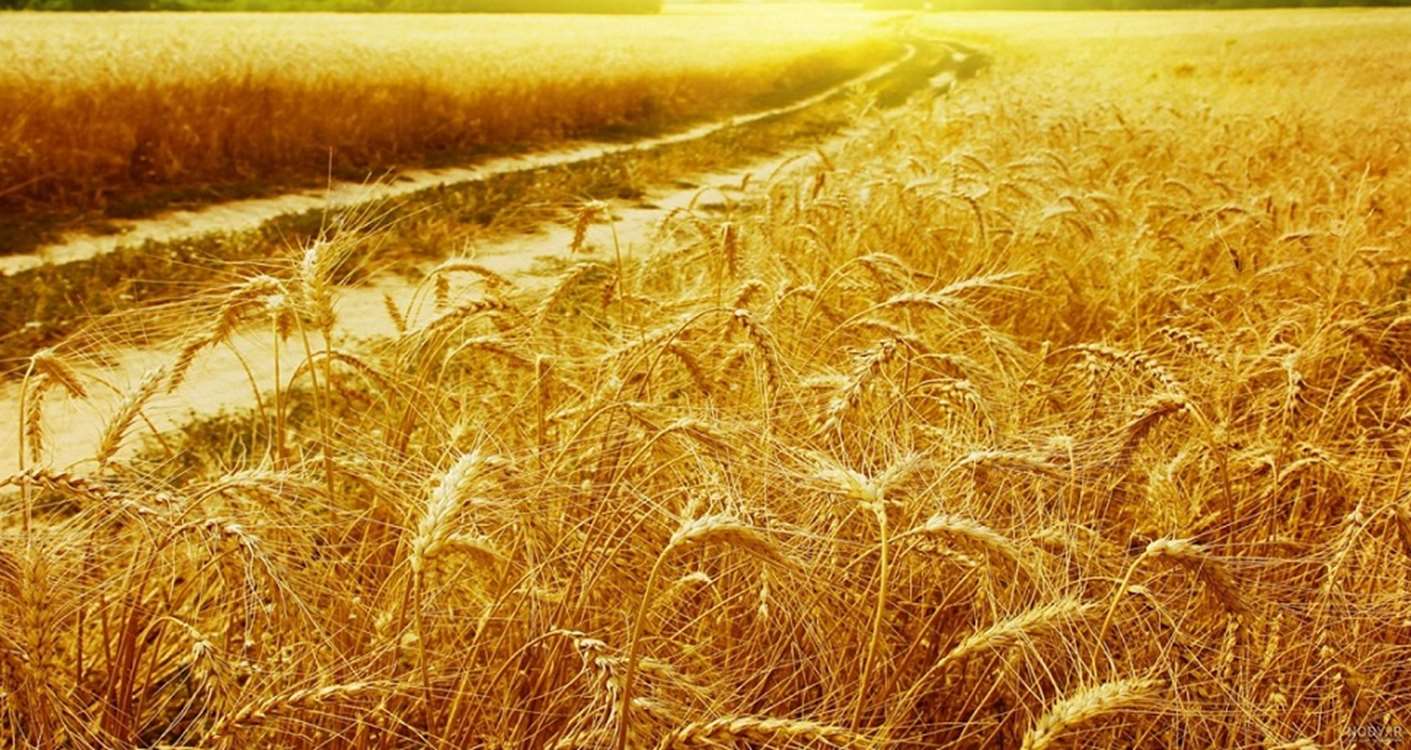Iran on track for wheat self-sufficiency, output expected to reach 13.5 tons

Iran on track for wheat self-sufficiency, output expected to reach 13.5 tons
Iran's wheat production is expected to hit 13.5 million tons in the current crop year (September 2023-2024), according to the Agriculture Ministry.
This increase follows a trend of rising production, with government purchases from farmers expected to reach 10.5 million tons this year, up from 10.4 million tons last year.
According to Sohrab Sohrabi, the manager of the Agriculture Ministry’s Wheat Project, this surge in production puts Iran on a path to becoming self-sufficient in wheat production within the next few years, exceeding the country's annual consumption of 12 million tons.
Wheat is a vital staple food in Iran, and the government stockpiles grain reserves each year to ensure market stability.
The UN's Food and Agriculture Organization (FAO) recently highlighted Iran's agricultural achievements. A 2023 FAO report placed Iran as the fourth-largest grain holder in Asia, with a total grain production of 21.1 million tons in 2023, reflecting a 2% increase from the previous year.
Iran's wheat production mirrored this growth trend, reaching 13 million tons in 2022 and exceeding that number in 2023. The FAO report also noted Iran's rising cereal stockpiles, which reached 12.1 million tons last year, a 100,000-ton increase.
Despite being the 17th most populous country globally, Iran ranked 43rd in food imports according to a May 2023 FAO report. This highlights the growing strength of Iran's agricultural sector, placing it among the world's leading producers. China remains the world leader in grain reserves, followed by India and Turkey.




